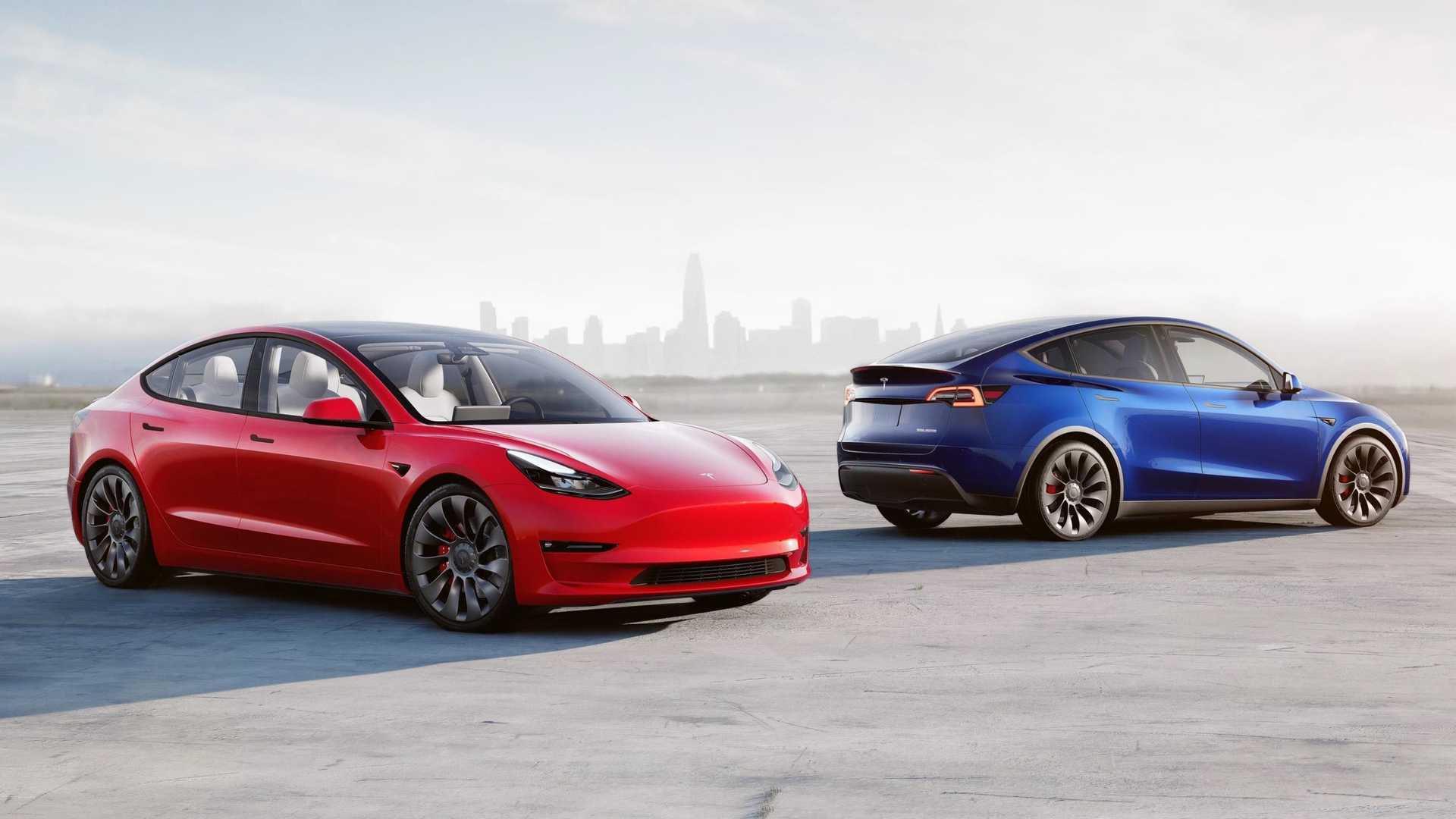
Prior to the rise of Tesla, conventional wisdom held that it would be practically impossible for a startup company to challenge the behemoths of Big Auto. When economics professors explained the concept of barriers to entry, the auto industry was usually example #1. Selling cars in volume requires not only massive industrial resources, but a highly complex supply chain and dealer network, so a startup couldn’t possibly compete.
 |
Events have shown that that model wasn’t valid—or perhaps it would be more accurate to say that it was no longer valid, considering the growing importance of software and technology in the auto industry. In retrospect, Tesla was in the right place at the right time with the right idea. Lithium-ion battery tech had just advanced to the point that a high-performance EV had become viable; the Tesla team wisely opted to build a sexy hot rod instead of a small, sensible gas-saver; and perhaps most importantly of all, the company benefited from an amazing pool of talent and several enormous slices of good luck.
All this explains Tesla’s initial success with the Roadster, and later with Model S. But there’s another conundrum that’s still causing auto industry observers to scratch their figurative heads. Once Tesla had showed what was possible, why didn’t Big Auto muscle its way into the EV space and bury the upstart? Even some of Tesla’s founders expected that to happen within a few short years.
In the event, it’s been two decades. Only now are the legacy automakers beginning to mount anything like a serious challenge to the brash startup. Ford’s Mustang Mach-E recently dethroned Tesla’s Model 3 as Consumer Reports’ EV Top Pick. That’s a sign that at least one of the Old Guard has figured it out, and that we’re finally going to see some competition in the EV space (although by most accounts, the old brands have a long way to go to “catch up”).
Why did it take so long for the dinosaurs to notice the furry mammal scurrying under their feet? Why was the Roadrunner able to blacken the Coyote’s face with TNT so many times? How many pop culture metaphors must we journalists employ before someone comes up with a satisfactory answer to this important question?
We’ve made the attempt in this space several times, employing endless entertaining and educational rhetorical conceits. We’ve explained Big Auto’s failure to catch Tesla in terms of the famous Innovator’s Dilemma (twice), and we’ve invoked a famous literary cliché, the murder mystery, as a metaphor. This week, we present an analogy from the world of physics:
Force = mass * acceleration
To understand how this works, consider how rainwater falls from a roof. When water falls directly from the eaves of your house, it will quickly dig a hole in the ground, and ruin your flowerbeds (in time, it will wear a hole right through a concrete patio). You can solve the problem by installing gutters and downspouts, and thus changing the terms of the equation. The mass of the water falling from the roof is the same, but as it passes through the gutters and downspouts, friction reduces its speed, so it hits the ground with much less force, and trickles harmlessly away.
What does hydrodynamics have to do with cars? Well, let’s consider force as a metaphor for EV market share, while mass stands for the amount of resources available (capital, production capacity, marketing) and acceleration represents the speed at which an automaker develops its EV program. Obviously, the giant legacy automakers could bring a lot more force to bear on the problem of electrification, but wee Tesla has consistently applied much more acceleration.
To be clear, the technical challenge of building a practical EV was never really the issue. GM’s EV1 was no Model S, but it was a viable vehicle that could have been a good first step in an iterative process leading to a commercially viable product. However, GM elected to cancel the program, and didn’t work on EVs for a decade. Other legacy automakers have dithered at varying rates. By now, just about every one of them has brought at least one EV to market, and some of these have been excellent vehicles. Any of these firms could have done so much earlier, and much faster, had they chosen to devote more capital and technical expertise, both of which they had, and have, in plenty, to the problem. It wasn’t the technical ability that was lacking, it was the motivation.
To follow our first principles analogy, the legacy brands always had plenty of mass, but little acceleration. At firms like GM, the electrification program was like a boulder being slowly and reluctantly pushed up a slope. Tesla’s Master Plan, on the other hand, was like a tiny pebble being eagerly kicked up that slope as quickly as possible. Now the pebble has grown into a pretty sizable rock and is mustering some serious force.
If you prefer an automotive analogy, the old-line companies are like hulking Hummers creeping along the shoulder, with the driver’s foot off the gas; Tesla is like a tiny Roadster in the passing lane with the pedal to the metal.
There’s no physical reason that one or more of the more forward-looking automakers can’t eventually rival Tesla’s EV market share. They just need to step on the accelerator pedal (very hard). There are signs that at least a couple of them are getting ready to do so. VW, GM, Daimler, Hyundai and others are converting factories to EV production, securing supply chains, building out charging infrastructure, and diverting resources from yesteryear’s technologies.
Make no mistake, we love Tesla’s vehicles, and whatever happens, they’ll always have a certain mystique. But it’s not healthy—for the environment, the auto industry, or consumers—for one company to continue to dominate the EV market. It’s time for the rest of the world’s automakers to put the hammer down!
===
Written by: Charles Morris







